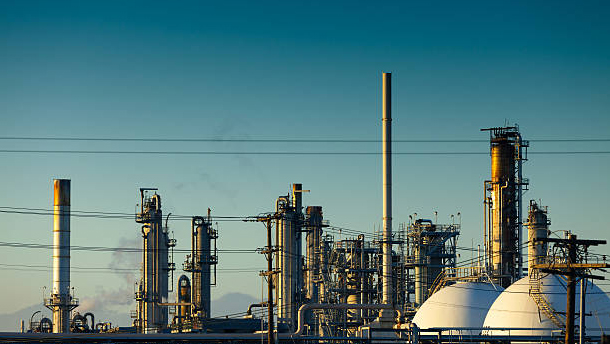
They seal over a wide range of pressure, temperature and tolerance.
Ease of service, no smearing or retightening.
No critical torque on tightening, therefore unlikely to cause structural damage.
O-rings normally require very little room and are light in weight.
In many cases an O-ring can be reused, an advantage over non-elastic flat seals and crush-type gaskets.
The duration of life in the correct application corresponds to the normal aging period of the O-ring material.
O-ring failure is normally gradual and easily identified. Where differing amounts of compression effect the seal function (as with flat gaskets), an O-ring is not affected because metal to metal contact is generally allowed for.